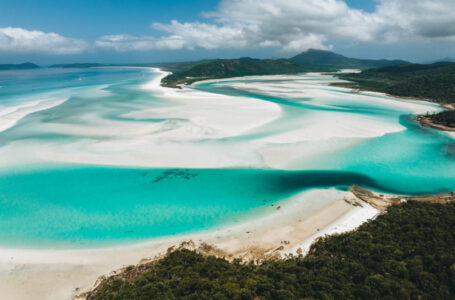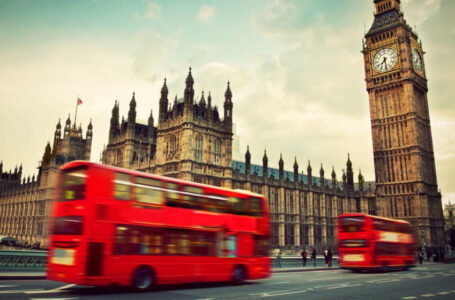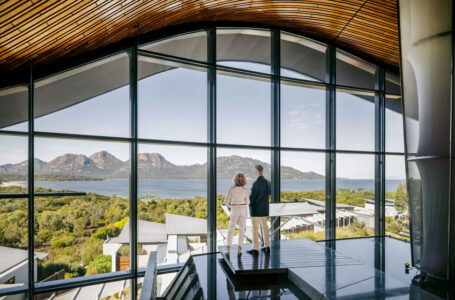Weird places around the world that you should checkout

The world is filled with beautiful creations combined with man-made and natural landscapes; the former is subject to gradual decay while the latter at times withstands the test of time. Moreover, if the natural creations remain unperturbed by anthropogenic (human) activities, it succeeds in staying the same for as long as possible. Also, some of the sites are a consequence of geographic evolution over the centuries, which result in the development of outlandish-looking terrains and topographies.
Written below are some weird places around the world that you might want to check out:
The Giant’s Causeway, Northern Ireland
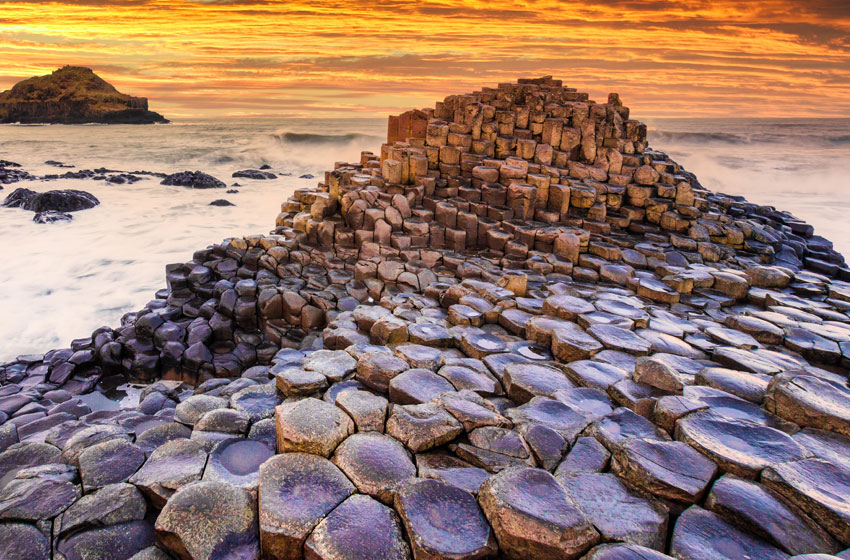
Usually, volcanic eruption often causes widespread havoc because of the hot, dangerous gases, ash, lava, and rock. Besides, it can lead to drinking water contamination, floods, mudslides, power outages and wildfires. However, a vast volcanic eruption spewed out a mass of molten basalt sixty million years ago, which solidified and contracted as it cooled. Consequently, it created 40,000 large, regularly shaped polygonal basalt columns in perfect horizontal sections, forming a pavement.
One can see this geological phenomenon on the sea coast at the edge of the Antrim plateau in Northern Ireland. Also, the site’s unique features have inspired many folktales and legends of giants striding over the sea to Scotland. Scholars, archaeologists and historians have emphasised the site equally; over the last three hundred years, the giant’s Causeway has been a popular tourist attraction and is regarded as the symbol for Northern Ireland.
The columnar and massive basalt cliff exposures at the edge of the Antrim Plateau present a spectacle of exceptional natural beauty. The extent of visible rock sections and the quality of the exposed columns on the cliff and the Causeway offer an array of features of considerable significance.
The property has many layers of statutory and non-statutory protection. In addition to World Heritage status, most of the property is a National Nature Reserve and forms part of the Giant’s Causeway and Dunseverick Area of Special Scientific Interest. In addition, almost all of the terrestrial area of the property (mainly its vegetated sea cliffs) has been designated as the North Antrim Coast Special Area of Conservation (SAC) under the Habitats Directive (Natura 2000).
Lake Hillier, Western Australia
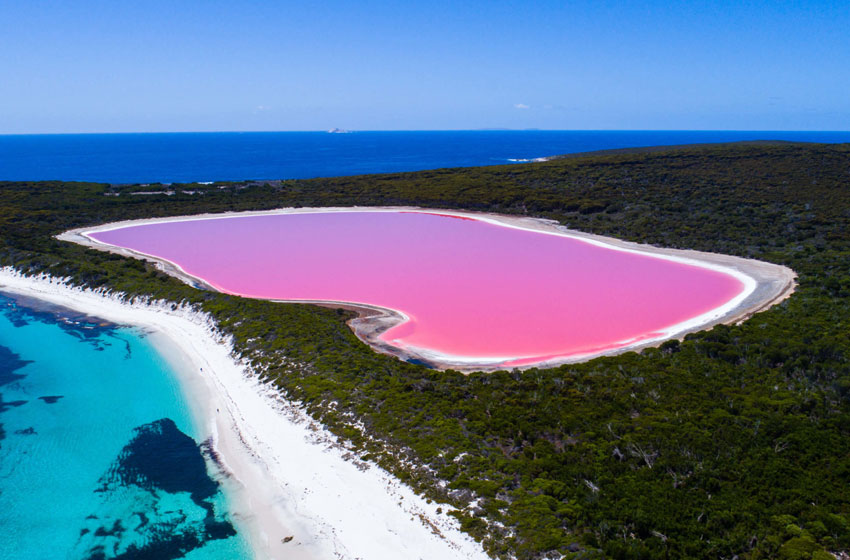
Ever seen a pink lake? If not, visit the lake hillier, located on Middle Island, off the coast of Western Australia. The lake’s size is not huge at a mere 600 metres, and different kinds of fishes inhabit the lake. However, the popularity of the lake is due to its pink hue; the reason for its unique colour is still a topic that is not fully understood by scientists, although most suspect it has to do with the presence of the Dunaliella salina microalgae.
Additionally, the Dunaliella also produces carotenoids, a pigment found in carrots. But the presence of halophilic bacteria in the salt crusts could be another explanation. A reaction between the salt and the sodium bicarbonate found in the water may also cause it. Hillier Lake was first discovered in 1802 by navigator and cartographer Matthew Flinders, who took samples from the lake and mentioned its existence in his journal.
Its pink colour is less accentuated when viewed from the surface but is very prominent from above. However, unlike other pink lakes worldwide, its water is still distinctively pink, even in a glass. This is because they used to extract salt from the lake for a few years, but nowadays, it is only used for tourism purposes. The lake’s water is otherwise clear and causes no harm to the human skin, and the Dunaliella salina alga is also completely harmless.
Badab-e Surt, Iran
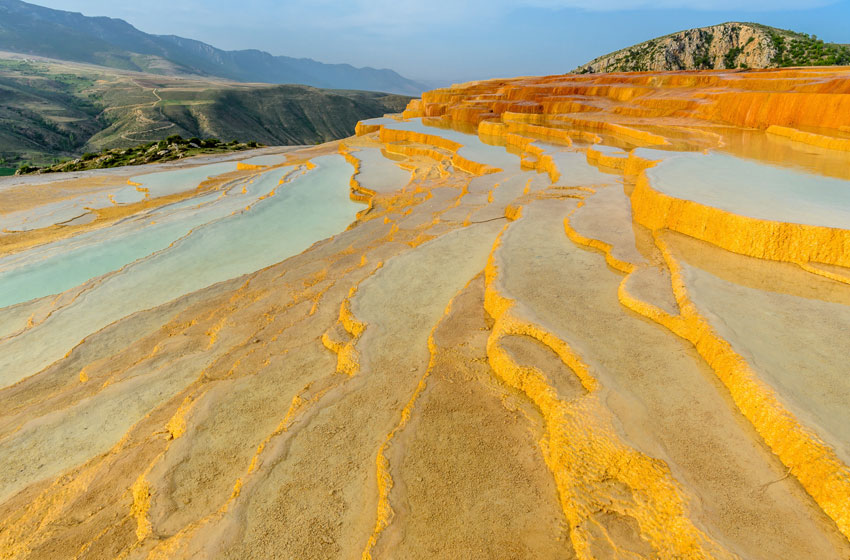
Badab-e Surt is a natural site between Semnan and Sari in Mazandaran province in Iran. Besides, it consists of naturally formed stepped travertine terraces that developed over thousands of years; travertine is a type of limestone formed from the calcium deposit in flowing water. The name Badab-e Surt comes from the Persian words, wherein “Bad” means gas and “Ab” means water; Badab-e Surt formed from the spring waters being carbonated mineral waters.
Flowing water from the two springs has deposited a sedimentary rock and formed the travertine terraces of Badab-e Surt. Also, it consists of two mineral springs with different characteristics, located 1840 metres above sea level. The unusual reddish colour of the terraces is caused by the high content of iron oxide in one of the springs.
Additionally, you can visit the site during April and May to see the beauty of the springs, the surrounding mountains and forests. However, you can view the most captivating scene at sunset and sunrise, when sunlight reflects in the pools.
Cat Island, Japan
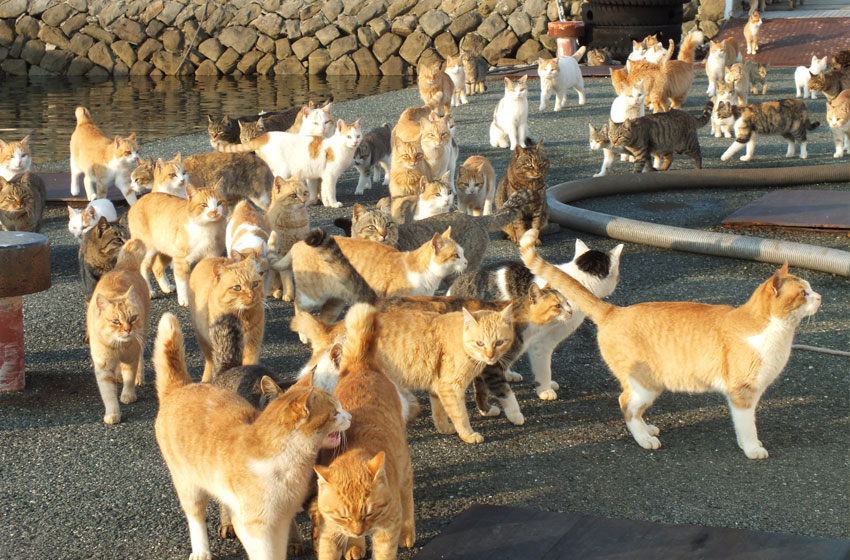
Aoshima, also known as Cat Island, is an island in Ehime Prefecture, Japan, and is famous for inhabiting cats. Aoshima is not a tourist site, so it is imperative to respect the tranquillity of the island, as well as private property. Some local people might enjoy interacting with visitors, but others want to live in peace. Also, note that Aoshima has no accommodations, shops, cafes, or even vending machines.
Aoshima evolved into a “cat island” quite by accident. Several decades ago, it used to be a bustling fishing village whose livelihood was based around a sardine fishery, where cats were introduced to hunt mice. Over time, the island’s fishing activity declined, as did its human population, but the cats remained and thrived.
After some cat lovers discovered the island, word-of-mouth spread, primarily amplified by the Internet (the other cat paradise). Consequently, it catapulted the small sleepy island to international fame as THE cat island, attracting both Japanese and overseas tourists.
The residents feed them daily so they don’t beg for food. However, it’s always a pleasant experience for visitors to feed the cats, so feeding is allowed within a designated area to avoid disrupting port activity and disturbing the residents. Just be sure to bring only cat food and give them small portions so as not to make them sick. But food is not the only way to make a cat happy; another good idea is to bring toys to play with them.
The Catacombs, Paris, France
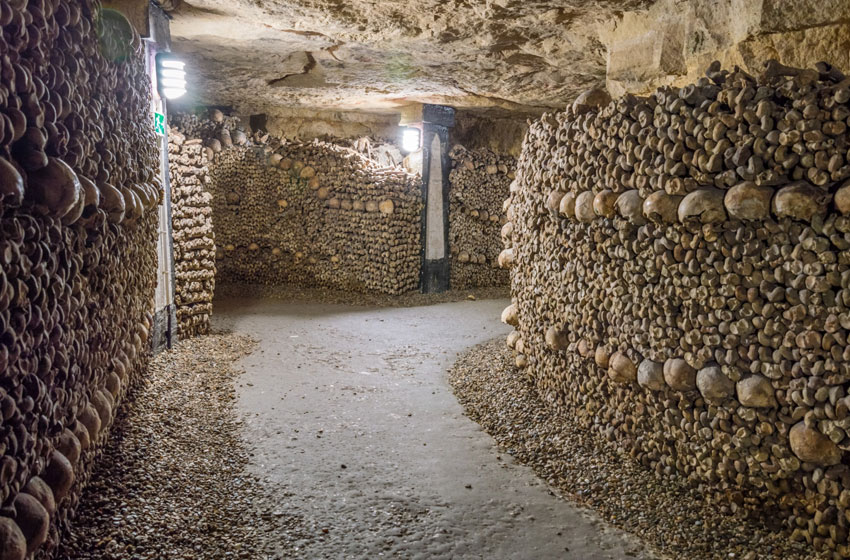
Imagine walking through an underground tunnel covered and decorated with human skulls and skeletons. The Catacombs is a memorial site for millions of unnamed, deceased Parisians, most of who died due to the plague. The site may look like something out of a horror movie or novel, but the construction of the area resulted from modern, more hygienic and efficient ways of managing human remains. Furthermore, the poetic curation into a ‘museum’ of sorts is connected to the development of the tourism industry in the 19th century– another distinctly modern phenomenon.
The story of the Paris Catacombs begins in the late eighteenth century, when officials began to recognise that traditional city cemeteries had become putrid, overflowing, un-hygienic messes. For hundreds of years, the centrally located Cimetière des Innocents had been the postmortem home of generations of Parisians. It originated in the early medieval period and served as a burial ground for the 5th-century Notre-Dame-des-Bois church. It soon became the city’s main cemetery.
By 1780, conditions had worsened further. Also, to create space, graves of Parisians who had been dead for decades or centuries were exhumed, their skeletal remains tightly packed into charniers (mass graves) built in the walls of the cemetery. To solve the problem of relocating the remains of millions of people from the Innocents, city planners and officials had to get creative. They identified a vast network of underground limestone quarries on the left bank– much of them than outside the bounds of Paris– as an ideal place to store the remains of millions of Parisians.



